Alberto Magnelli
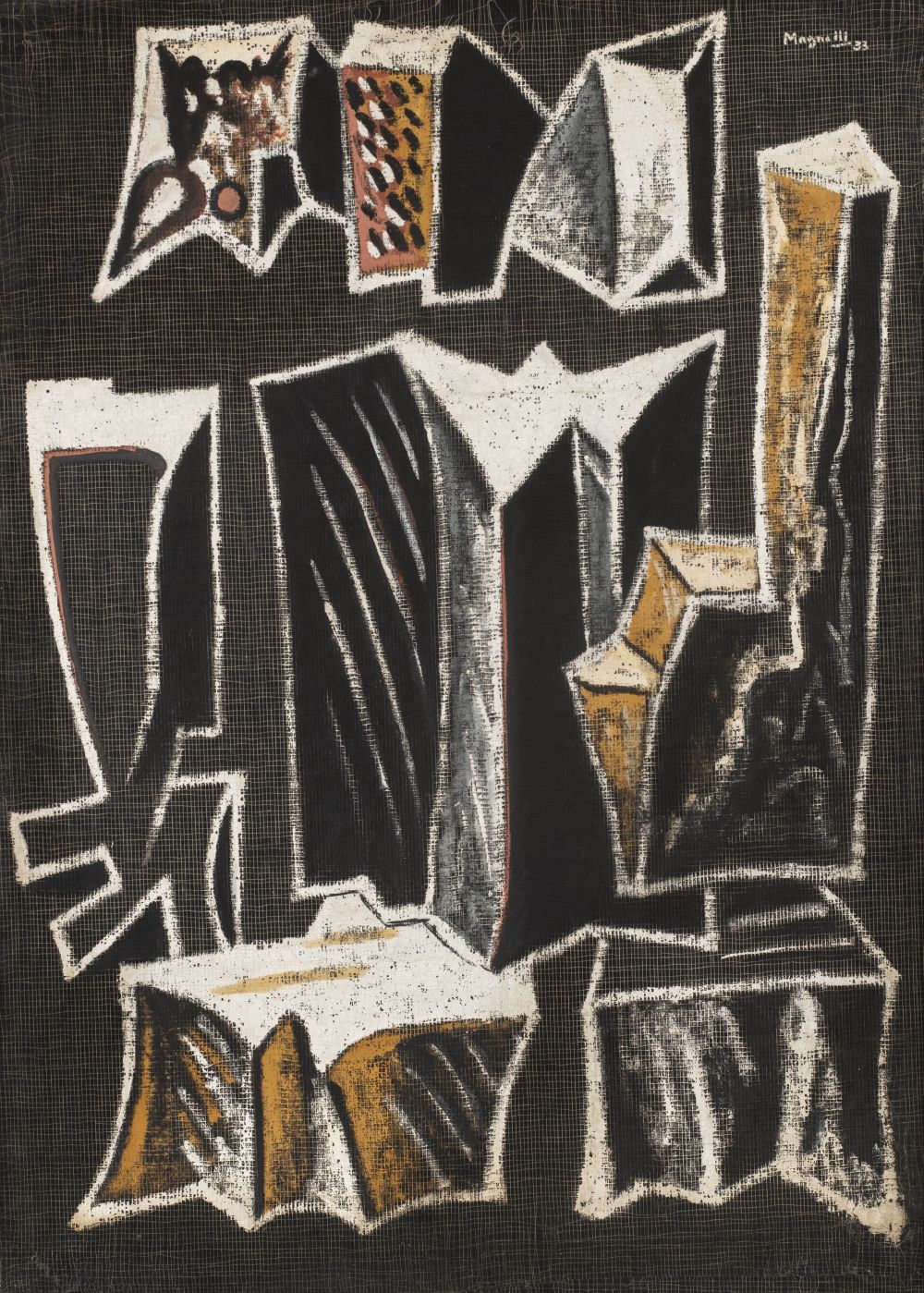
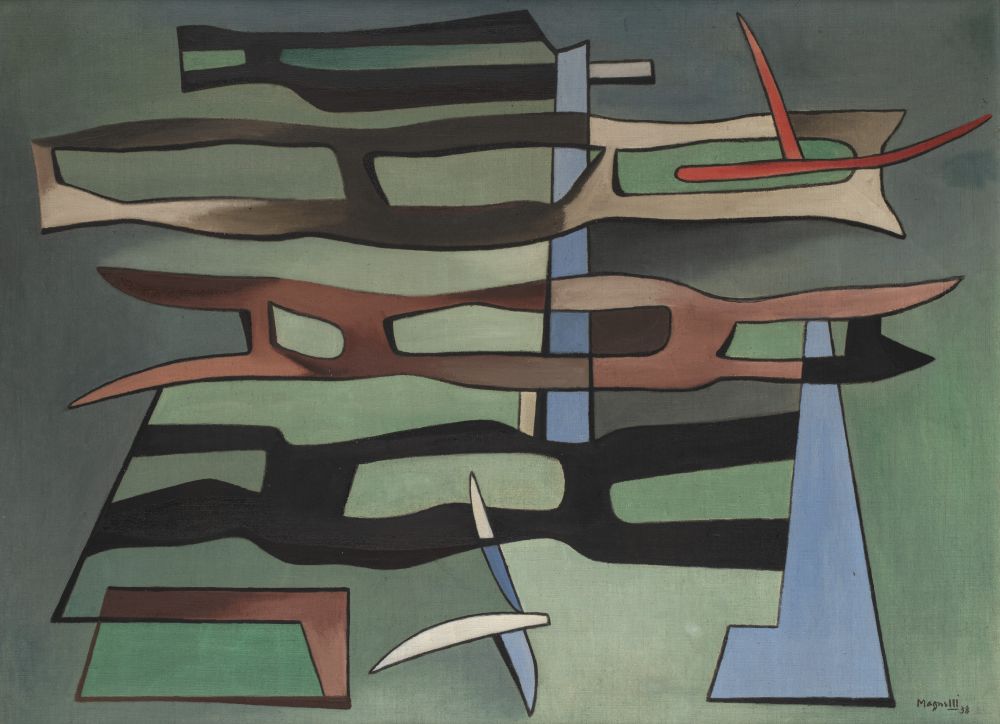
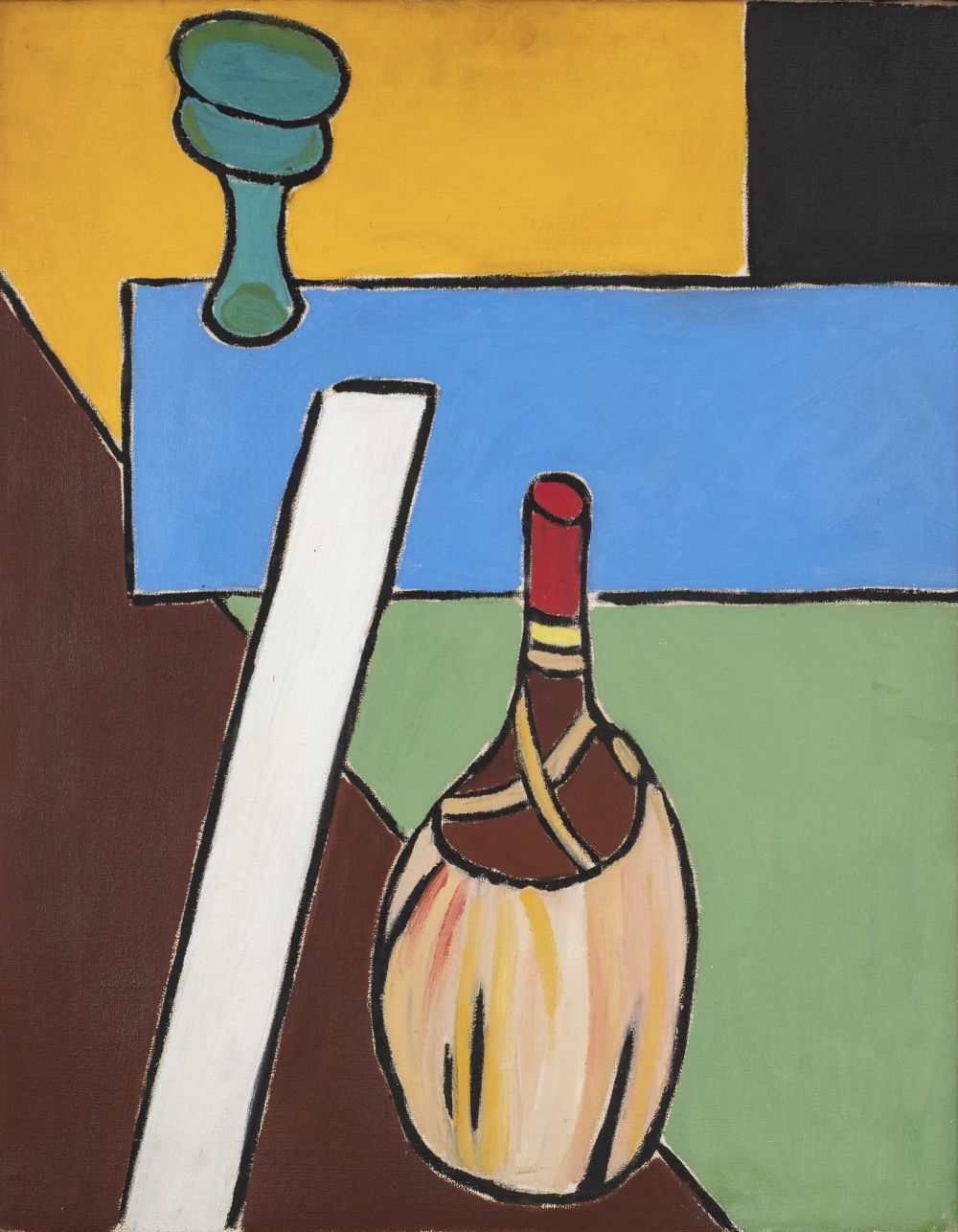
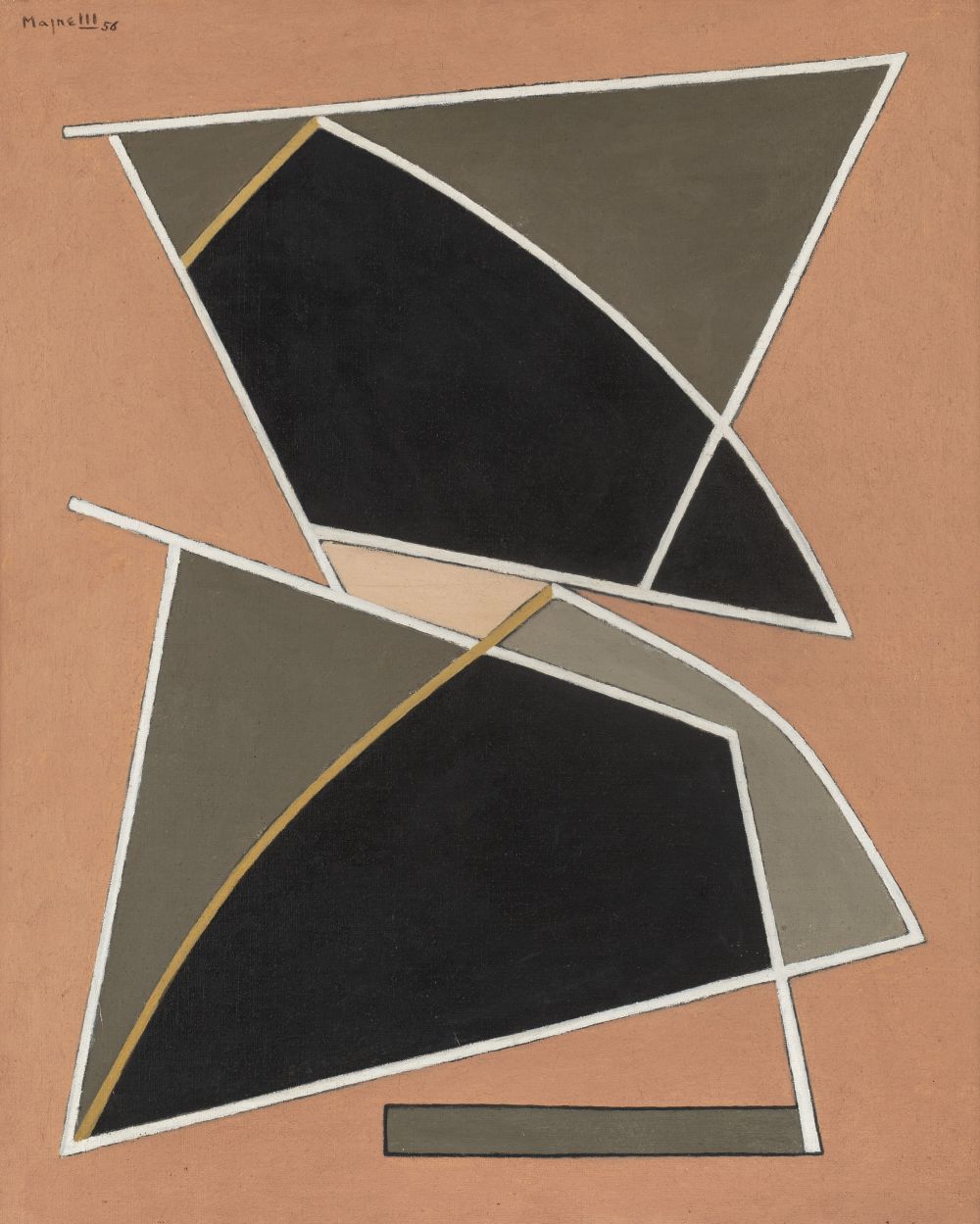
Selected Works

Alberto Magnelli
Pierre n°6G, 1933
Tempera sur papier goudronné
116 x 83 cm
Signée et datée 33 en haut à droite
Signée et datée au dos
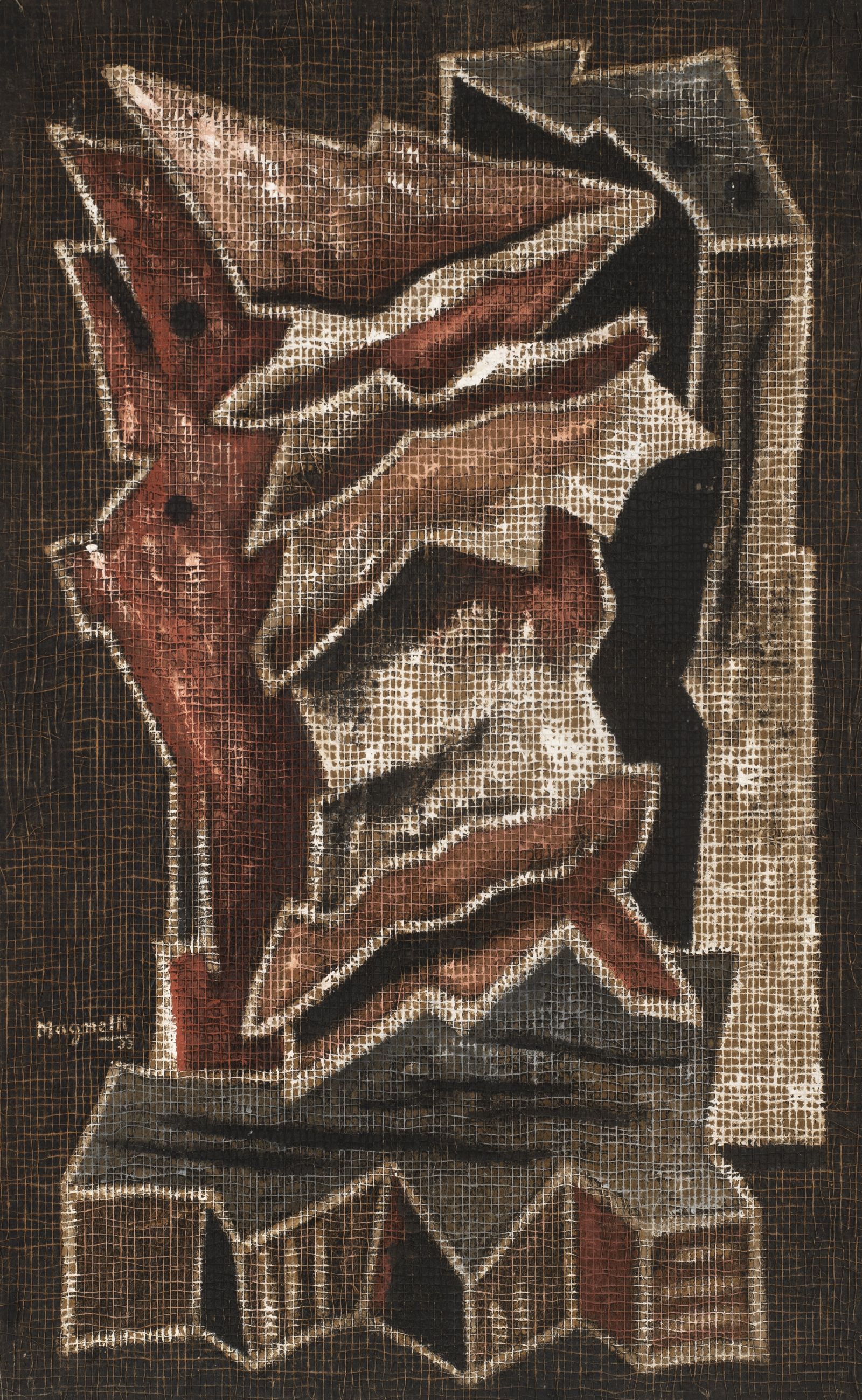
Alberto Magnelli
Pierre n°2G, 1933
Tempera sur papier goudronné
130 x 81 cm
Signée et datée 33 en bas à gauche
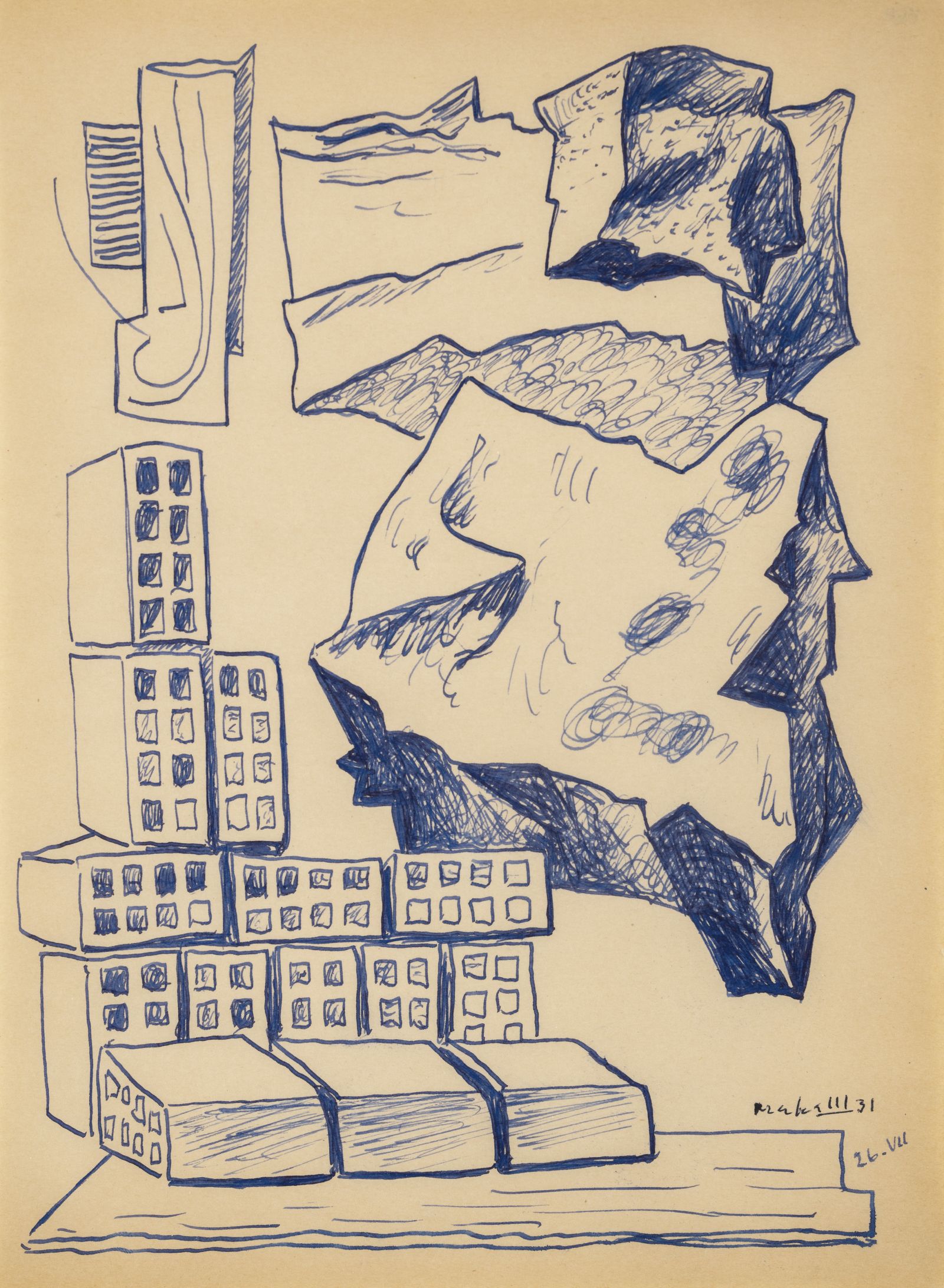
Alberto Magnelli
Sans titre, 1931
Encre sur papier
26,8 x 20 cm
Signée et datée 31 en bas à droite
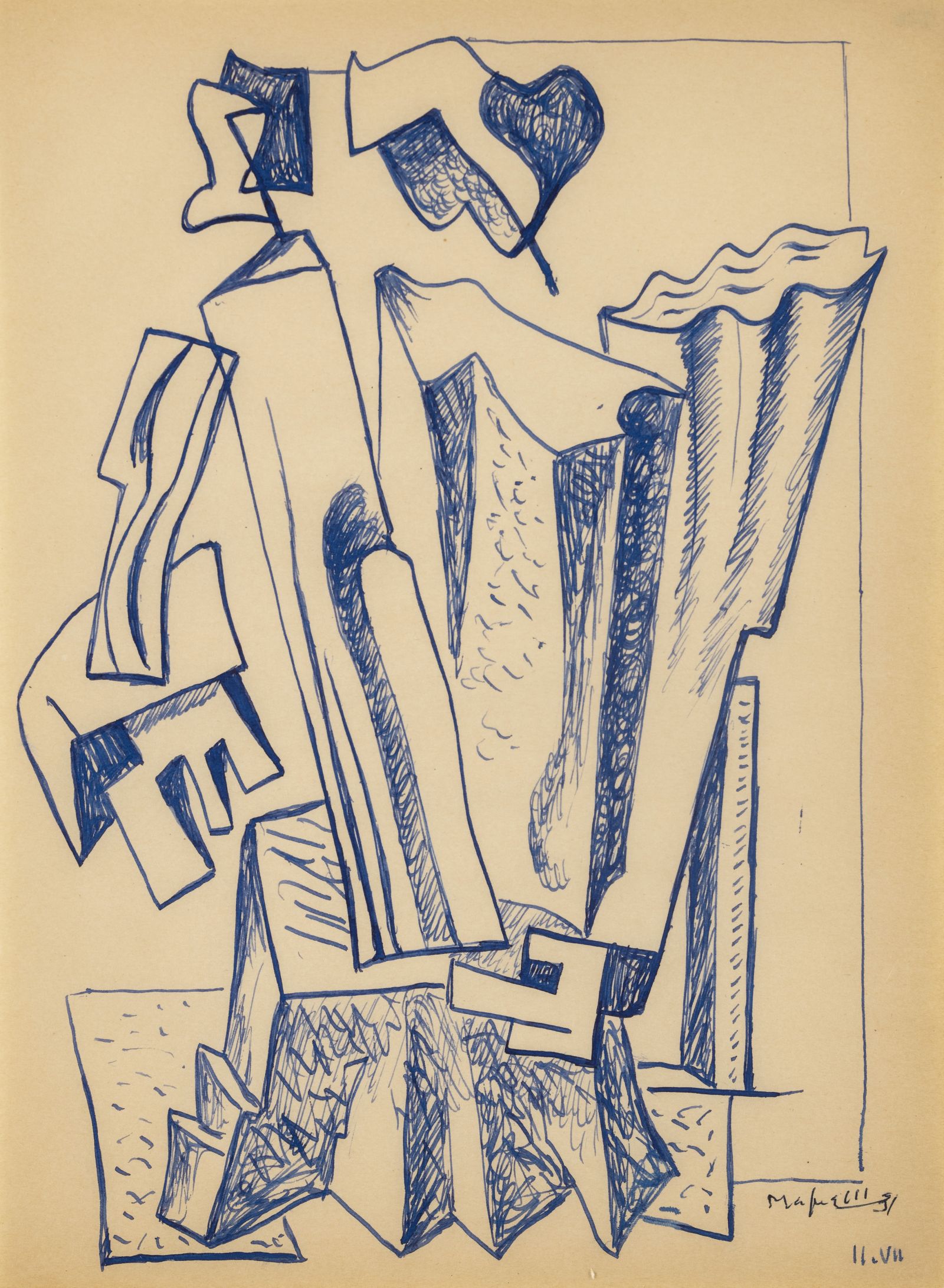
Alberto Magnelli
Sans titre, 1931
Encre sur papier
26,8 x 20 cm
Signée et datée 31 en bas à droite
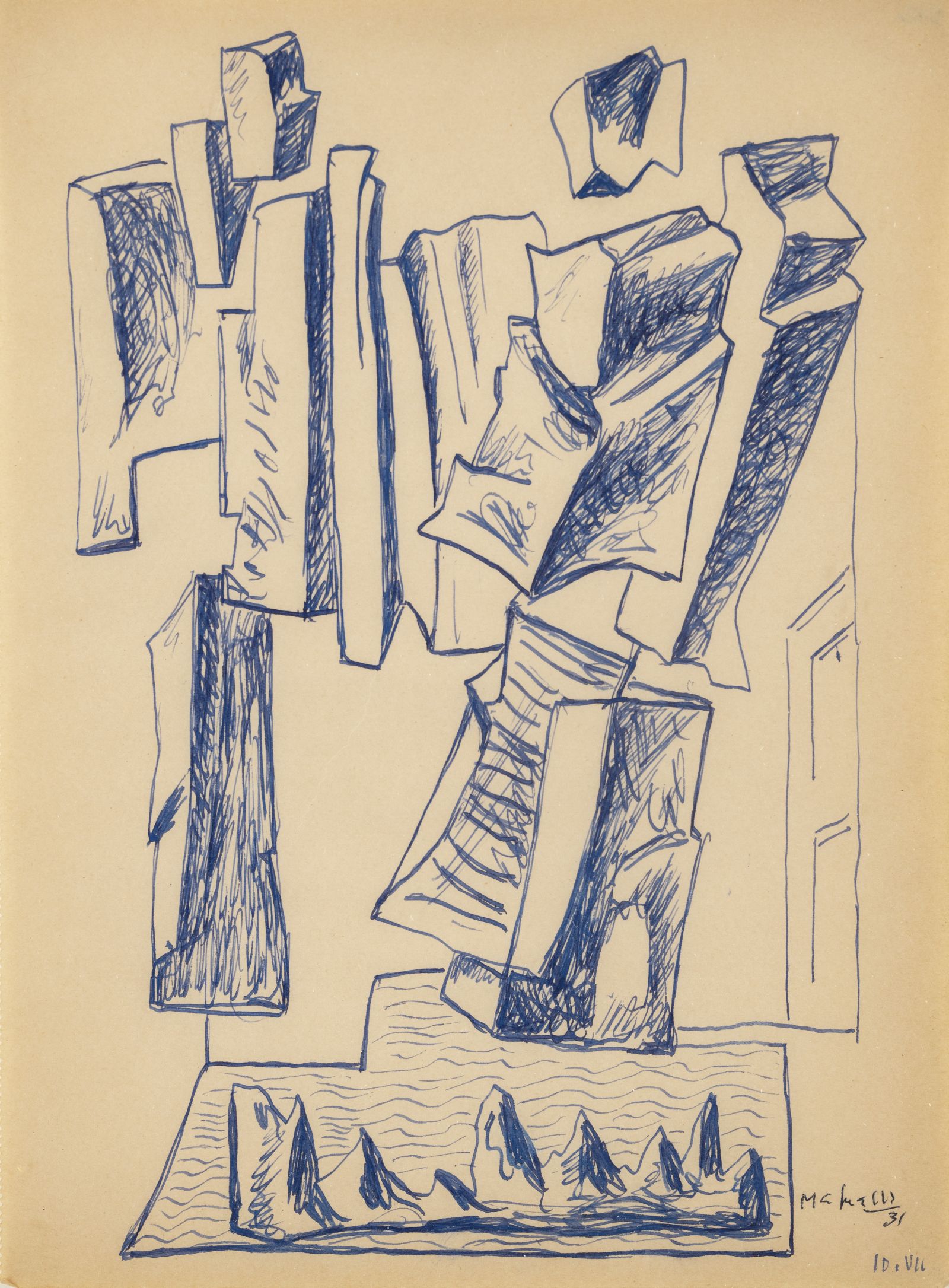
Alberto Magnelli
Sans titre, 1931
Encre sur papier
26,8 x 20 cm
Signée et datée 31 en bas à droite

Alberto Magnelli
Sans titre, 1931
Encre sur papier
26,8 x 20 cm
Signée et datée 31 en bas à droite
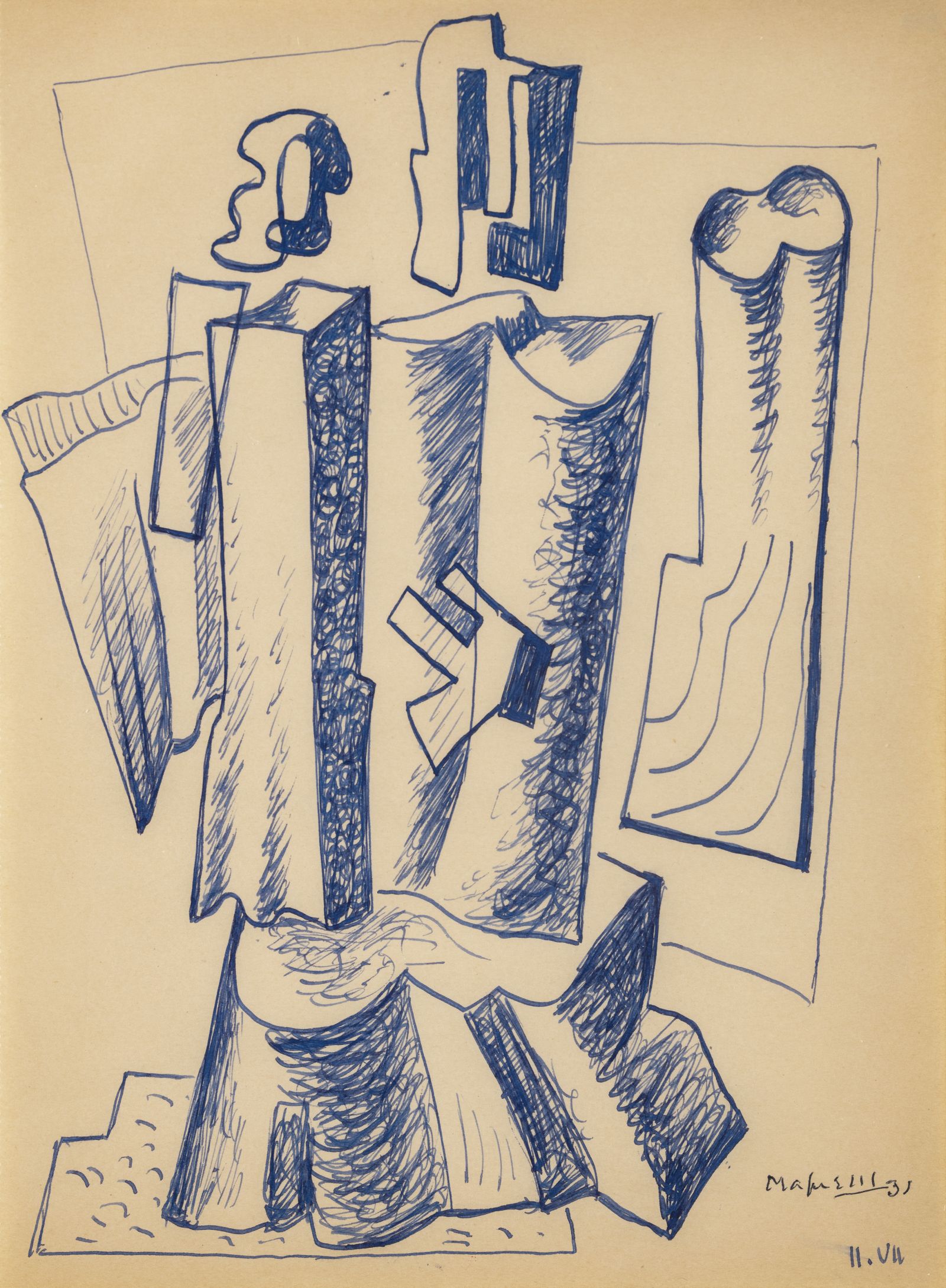
Alberto Magnelli
Sans titre, 1931
Encre sur papier
26,8 x 20 cm
Signée et datée 31 en bas à droite

Alberto Magnelli
Sans titre, 1931
Encre sur papier
26,8 x 20 cm
Signée et datée 31 en bas à droite

Alberto Magnelli
Affinités en réunion, 1938
Huile sur toile
97 x 130 cm
Signée et datée en bas à droite
Signée, annotée « Je l'imagine » et datée au dos

Alberto Magnelli
Nature Morte Alla Linea Bianca, 1914
Huile sur toile
70 x 55 cm
Signée, datée et inclinée au dos

Alberto Magnelli
Le monde suspendu, 1956
Huile sur toile
100 x 81 cm
Signée et datée 56 en haut à gauche
Signée, inclinée et datée au dos
Some of the works depicted are no longer available.
Biography
Alberto Magnelli is an Italian artist whose characteristic plastic elements of his work are summed up in the construction of space by geometric volumes, the treatment of surfaces and the use of intense colors. It is not a faithful transposition of reality, but an "invented painting". He uses unconventional techniques allowing him to become the leader of abstract painting in the 1940s.
Public Collections
Galleria d’arte moderna, Florence ; Musée national d’art moderne, Paris ; Centre Georges Pompidou, Paris ; Musée Magnelli, Vallauris ; Museum Folkwang, Essen ; Musées royaux des Beaux-Arts de Belgique, Bruxelles ; Museu de Arte Moderna do Rio de Janeiro : Musée national des beaux-arts du Québec ; Fundació Joan Miró, Barcelone ; Albright Knox Art Gallery, Buffalo ; Solomon R. Guggenheim Museum, New York ; Philadelphia Museum of Art ; Musée Picasso, Antibes ; Musée des Beaux-Arts, Lyon ; Kunstmuseum, Bâle ; Kunsthaus, Zurich.

Based on the novel from Patrice Trigano
